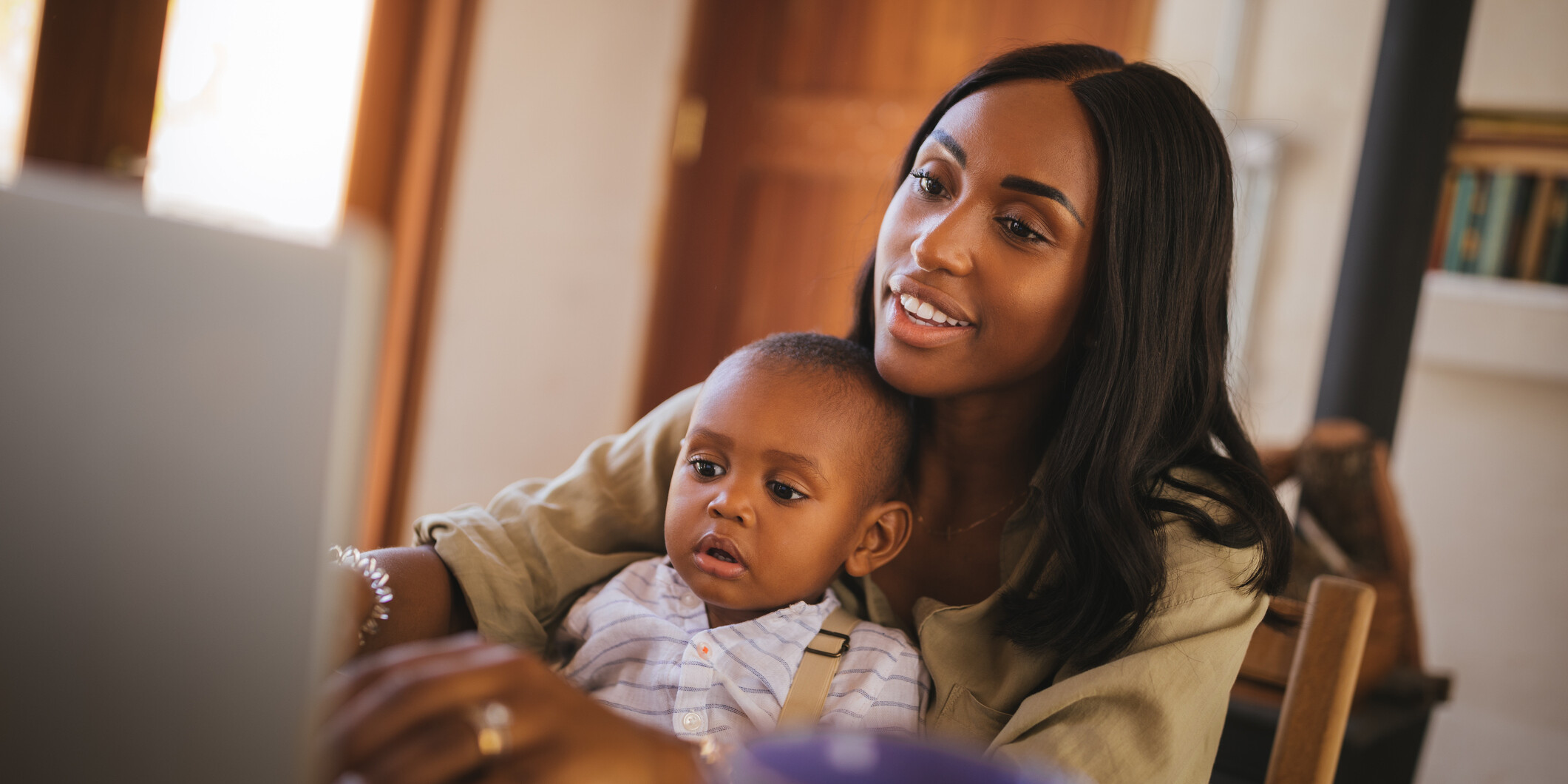Mamas, how do you help your child get organized? With our days and schedules getting busier and busier, the need to be better organized has become a priority. Before I could create an organizational routine for our household, I had to work on managing my mental load. I felt overwhelmed from work, family, sports, and home to the occasional social outing. I couldn’t keep up with everything. So, I started with a mental cleansing, which led to an overhaul in my physical and mental space. In doing this, I realized I needed to teach my children organization skills they could use now and for years. They already have busy schedules, and the school load gets harder each year. It’s an ongoing process, but here are some tips I’ve learned.
How To Help Your Child Get Organized
It Starts With You
Lead by example. If organizing comes naturally to you or your child, raise your hand. I don’t know about you, but most often, a request like that doesn’t end up with many hands raised. But your child will likely follow your lead once you figure out your organizational style and stick to it. Having children got me started with decluttering because things can quickly get overwhelming with baby items everywhere.
Declutter
Decluttering is most often the first step in getting organized. At least it was for me. I needed to declutter our physical and mental space (email, calendar, to-do list, etc.) Declutter is one of the first things a young child can learn to do. Think about labeled or color-coded bins for items a child can easily remember.
Tidying Up
Another thing children can learn to do early on that helps them become organized is learning to tidy up. Create a daily tidying-up schedule. It doesn’t have to be anything overly complicated, nor does it have to be for a long time. A 15 to 20-minute tidying-up routine as a part of your nighttime schedule is a great way to start.
Limit What You Buy
Parents, this one’s for you. I know it’s hard not to buy all the cute things or the things your kids ask for, but setting limits will go a long way for future organization. Less stuff means less to put away. Explaining why you are purchasing less also sets the stage for excellent money management in the long run for your children. We will have to dig deeper into money management for children another time.
Calendar
Last year, our school had a workshop for parents to help children with Executive Function Skills. The guest speaker, a Speech Language Pathologist (SLP), shared why a paper calendar is an excellent tool for organization. She focused on grades four and up. She did indicate that younger children, with help from their parents, can benefit from having a calendar, too, using stickers and labels as visual aids. Take your child shopping to pick out their desk calendar, markers, stickers, and anything else they can use to personalize their calendar.
The SLP also stated that physical calendars are great for older children (and adults). Even if they take the info and transfer it to a digital option afterward, filling in their calendar manual helps with memory and tasks.
Visual Aids
Visual aids are perfect for everyone. For younger kids, this could look like a morning routine printed out with photos they can identify. Consider taking pictures of your children doing the things on their morning routine list (brushing their teeth, etc.) and then using those photos to create the list. (I will always sing the praises of a lamination machine for creating visual aids).
Another visual aid is a timer. Setting a timer for 15 minutes to complete a task is something children can use to complete the job in the time allotted. You can even make it into a game of “beat the clock.” Kids love to win.
To-Do Lists
In line with a calendar, to-do lists ensure we complete our daily tasks. Lists can include schoolwork, activities, and chores for children. Let me tell you, I love to check off the items on my list each day. It gives me a sense of accomplishment. My ten-year-old has started to use to-do lists and feels excited when she completes her list. Surprisingly, this has also helped her manage her time and expectations. Knowing that something may not get done and moving them to the next day is okay.
Breaking Down Tasks
After creating a to-do list, we break down each task since smaller steps are more manageable for children. A great example of this is kids cleaning their rooms. I don’t know about you, but sometimes my kid’s room looks like a bomb went off despite our best efforts to tidy up daily. While we aim for organization, we realize life happens. Instead of saying, “Clean your room,” or adding that alone on the to-do list, we break it down. Clean your room becomes:
Clean Your Room
- Put away your toys
- Put books back on shelves
- Make your bed
- Etc.
Daily Routines
Having set daily routines is a must. We have a specific morning, afternoon, and evening routine during the school year. This practice helps us be on time in the morning, relaxed in the afternoon, and fulfilled in the evening. To start, choose one time of the day to create a simple routine everyone in your household can easily follow.
This ‘how to help your child get organized’ list can go on and on, but these are my top tips for getting started. Do you have anything to add to the list? Need to get yourself organized? Check out this organization guide for single moms.




